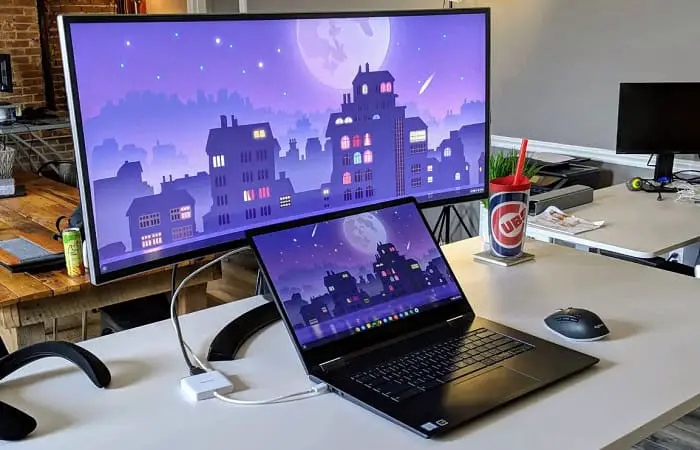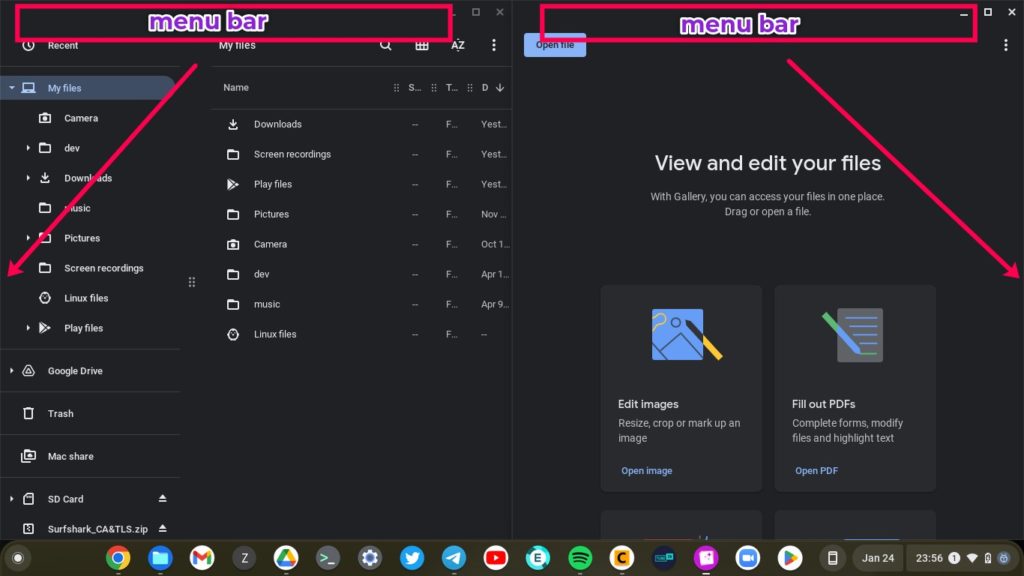How To Connect 2nd Monitor To Chromebook

Chromebooks, lauded for their simplicity and cloud-centric functionality, have become increasingly popular for students, educators, and professionals alike. As user demands evolve, extending the Chromebook's visual workspace with a second monitor is no longer a luxury, but a necessity for enhanced productivity and streamlined multitasking. However, the process, while generally straightforward, can present unexpected hurdles for the uninitiated.
This article provides a comprehensive guide on connecting a second monitor to your Chromebook, navigating potential compatibility issues, and optimizing display settings for a seamless dual-screen experience. Understanding the connection types, troubleshooting common problems, and maximizing the potential of multiple displays will empower users to leverage their Chromebooks for more demanding tasks.
Understanding Connection Types
The first step in connecting a second monitor is identifying the available ports on your Chromebook and the external display. Common port types include HDMI, DisplayPort, USB-C (with DisplayPort Alternate Mode), and less frequently, VGA.
HDMI is the most common interface, widely supported by both Chromebooks and monitors. DisplayPort, often found on higher-end monitors, offers similar functionality and sometimes supports higher refresh rates.
USB-C with DisplayPort Alternate Mode (DP Alt Mode) allows you to transmit video signals through the USB-C port, often requiring a USB-C to HDMI or USB-C to DisplayPort adapter if your monitor lacks a USB-C input.
Compatibility Considerations
Before purchasing adapters, confirm that your Chromebook's USB-C port supports DP Alt Mode. Check the manufacturer's specifications or user manual to verify this compatibility. Not all USB-C ports transmit video signals.
Older Chromebooks may rely on VGA, an analog connection offering lower image quality compared to digital alternatives. Using a VGA connection is generally discouraged unless it's the only available option.
Adapters can bridge the gap between different port types. Ensure the adapter you choose supports the resolution and refresh rate of your monitor for optimal performance.
The Connection Process
Once you've identified the compatible ports and acquired necessary adapters, the connection process is generally plug-and-play. Connect the monitor to your Chromebook using the appropriate cable.
The Chromebook should automatically detect the second display. If not, navigate to Settings > Device > Displays to manually detect the monitor. Select "Detect Displays" if needed.
In the Displays settings, you can configure how the second monitor functions. You can choose to mirror your display, extend your display, or set the external monitor as the primary display.
Configuring Display Settings
Mirroring duplicates your Chromebook's screen on the external monitor, useful for presentations or sharing content with a larger audience.
Extending your display creates a larger desktop area, allowing you to spread applications across both screens for enhanced multitasking. This is the preferred option for most users seeking increased productivity.
You can also adjust the resolution, orientation, and refresh rate of each monitor individually within the Display settings. Choose the optimal settings for each display to ensure clear and comfortable viewing.
Arranging the displays in the settings accurately reflects their physical positioning on your desk. This ensures that your mouse cursor moves seamlessly between screens.
Troubleshooting Common Issues
If your Chromebook doesn't detect the second monitor, try restarting both devices. Sometimes, a simple reboot resolves connectivity issues.
Check the cable connections to ensure they are secure. A loose connection can prevent the monitor from being detected.
Update your Chromebook to the latest version of Chrome OS. Outdated software can sometimes cause compatibility problems.
If using a USB-C adapter, test it with another device to rule out a faulty adapter. A defective adapter can prevent the video signal from being transmitted.
Consult the Chromebook Help Center or online forums for specific troubleshooting steps related to your Chromebook model and monitor. Google's Chromebook Help offers extensive support documentation.
Future of Chromebook Display Connectivity
As Chromebooks continue to evolve, we can expect improvements in display connectivity and functionality. USB-C is becoming increasingly prevalent, offering faster data transfer speeds and support for higher resolution displays.
The integration of Thunderbolt ports, though not yet common on Chromebooks, could further enhance display capabilities, allowing for the connection of multiple high-resolution monitors and external graphics cards.
Software updates will likely introduce new display management features, making it even easier to customize and optimize the dual-screen experience on Chromebooks. These updates will focus on improving user interface and overall user experience.


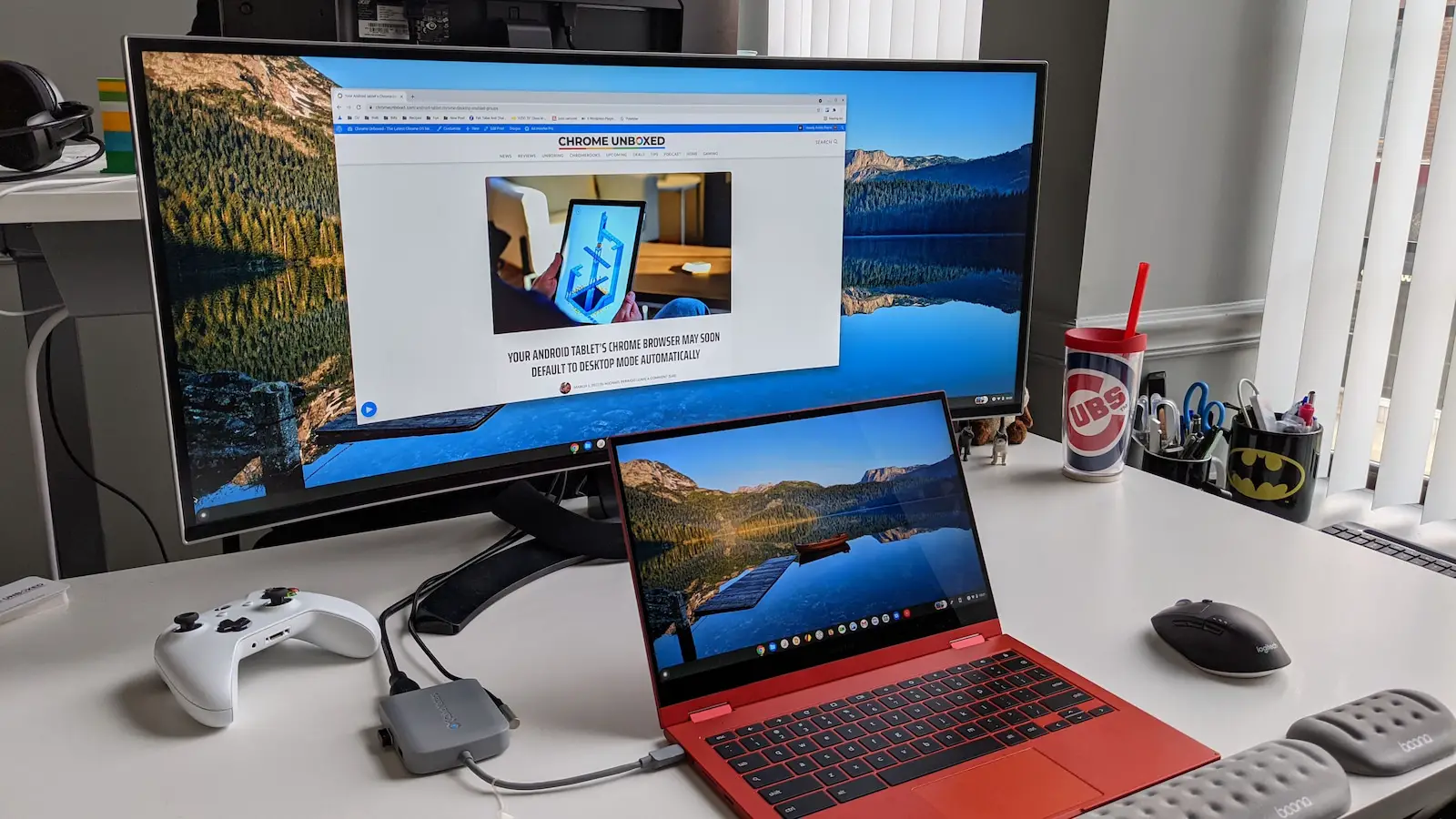
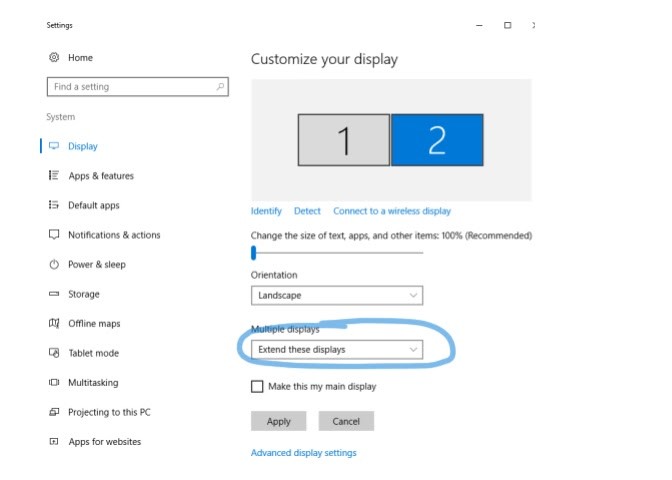

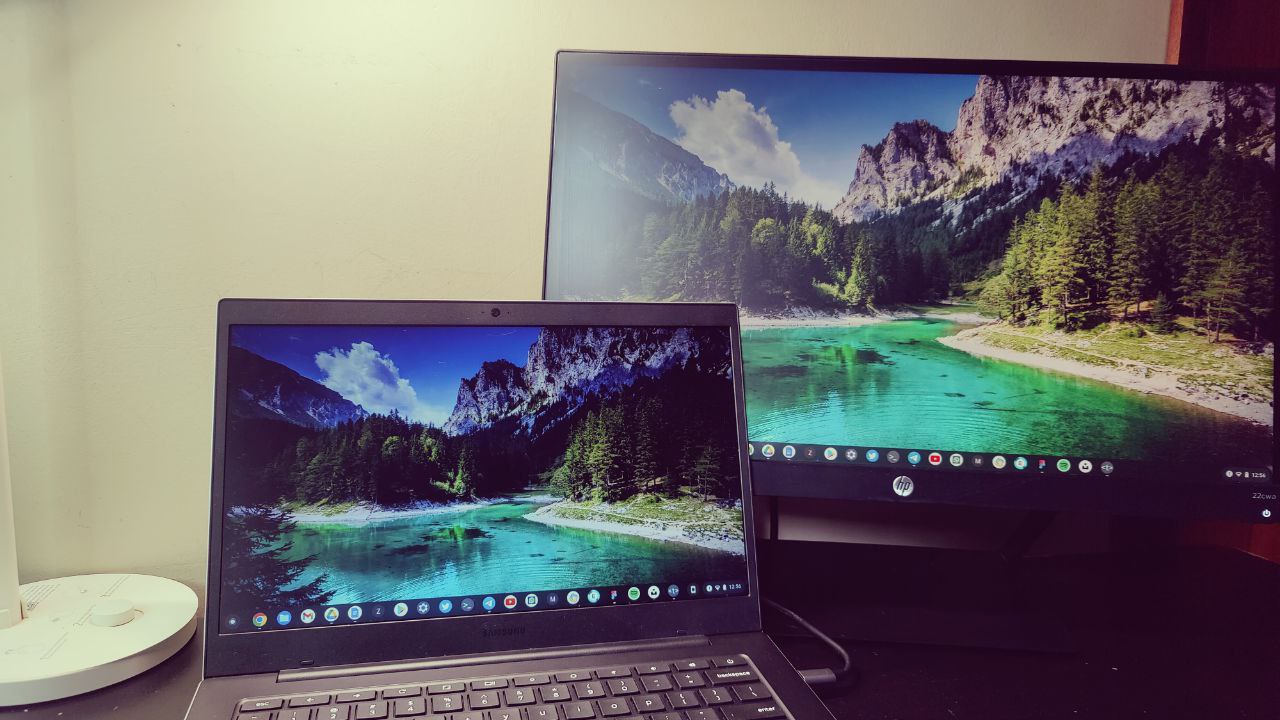
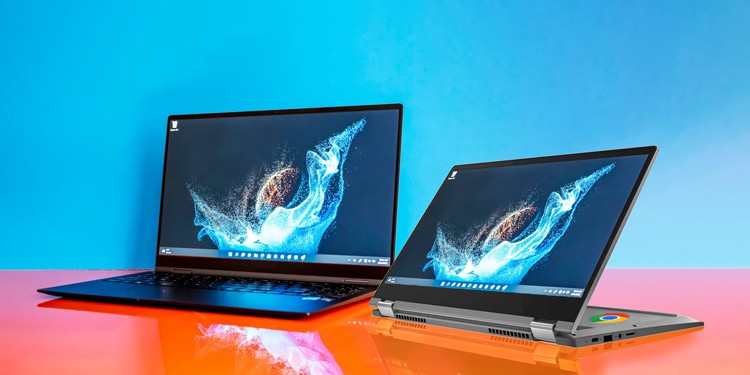


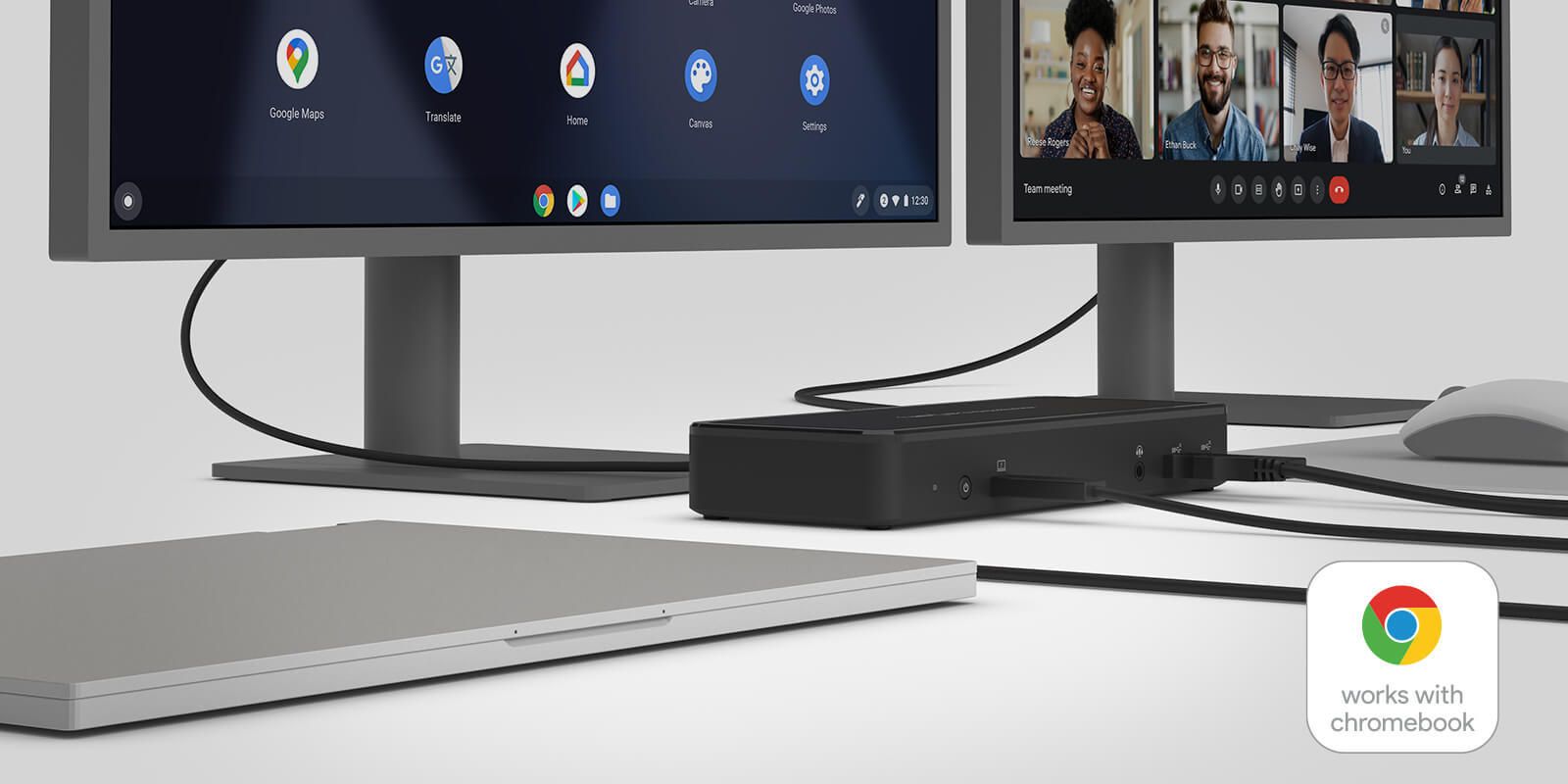
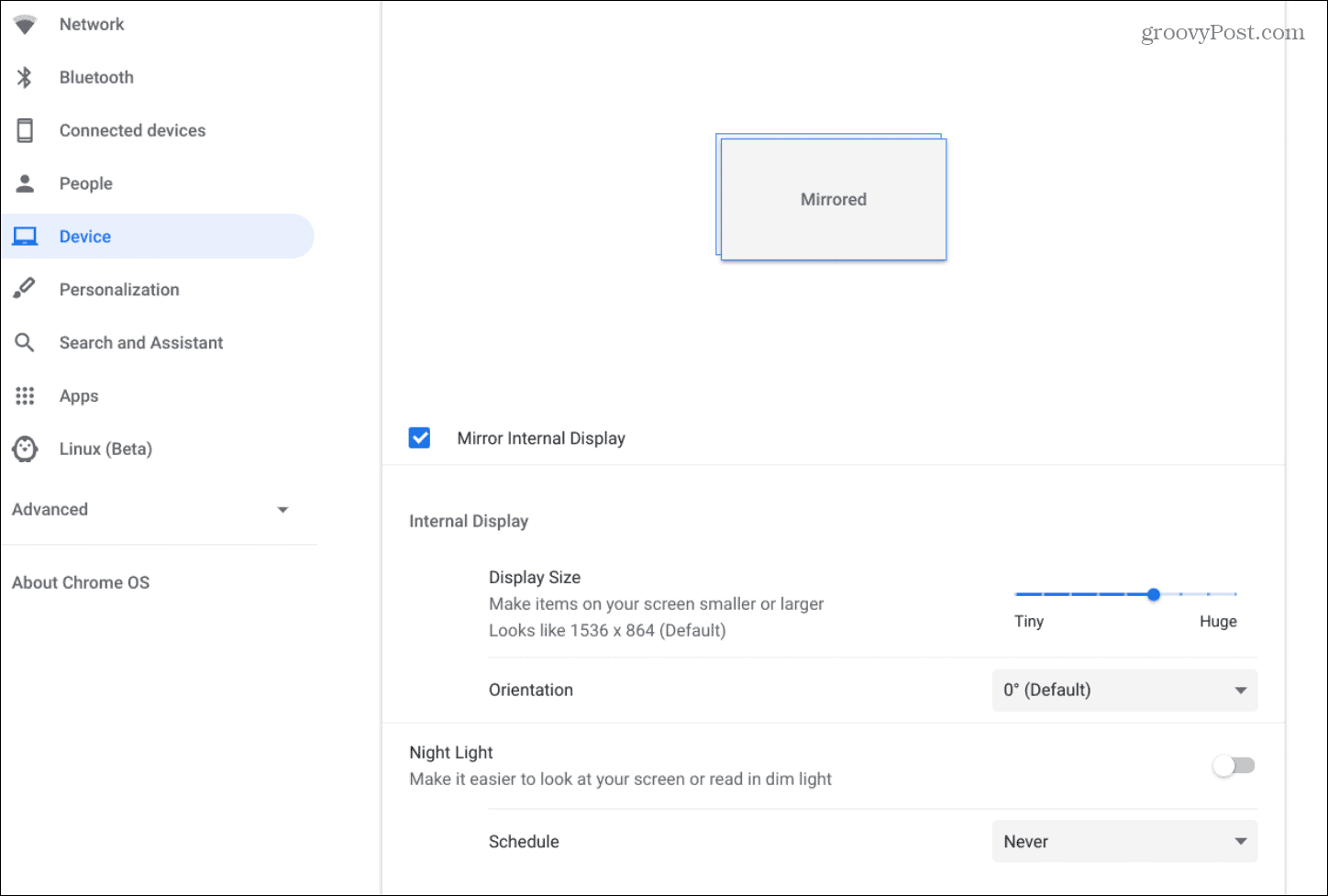
![How To Connect 2nd Monitor To Chromebook How to Use a Chromebook as a Monitor [ 5 Easiest Ways ] - Alvaro Trigo](https://alvarotrigo.com/blog/assets/imgs/2022-12-23/chromebook-monitor-hdmi.jpeg)
![How To Connect 2nd Monitor To Chromebook How to Use a Chromebook as a Monitor [ 5 Easiest Ways ] - Alvaro Trigo](https://alvarotrigo.com/blog/assets/imgs/2022-12-23/screen-sharing-method-spacedesk-chromebook.jpeg)

